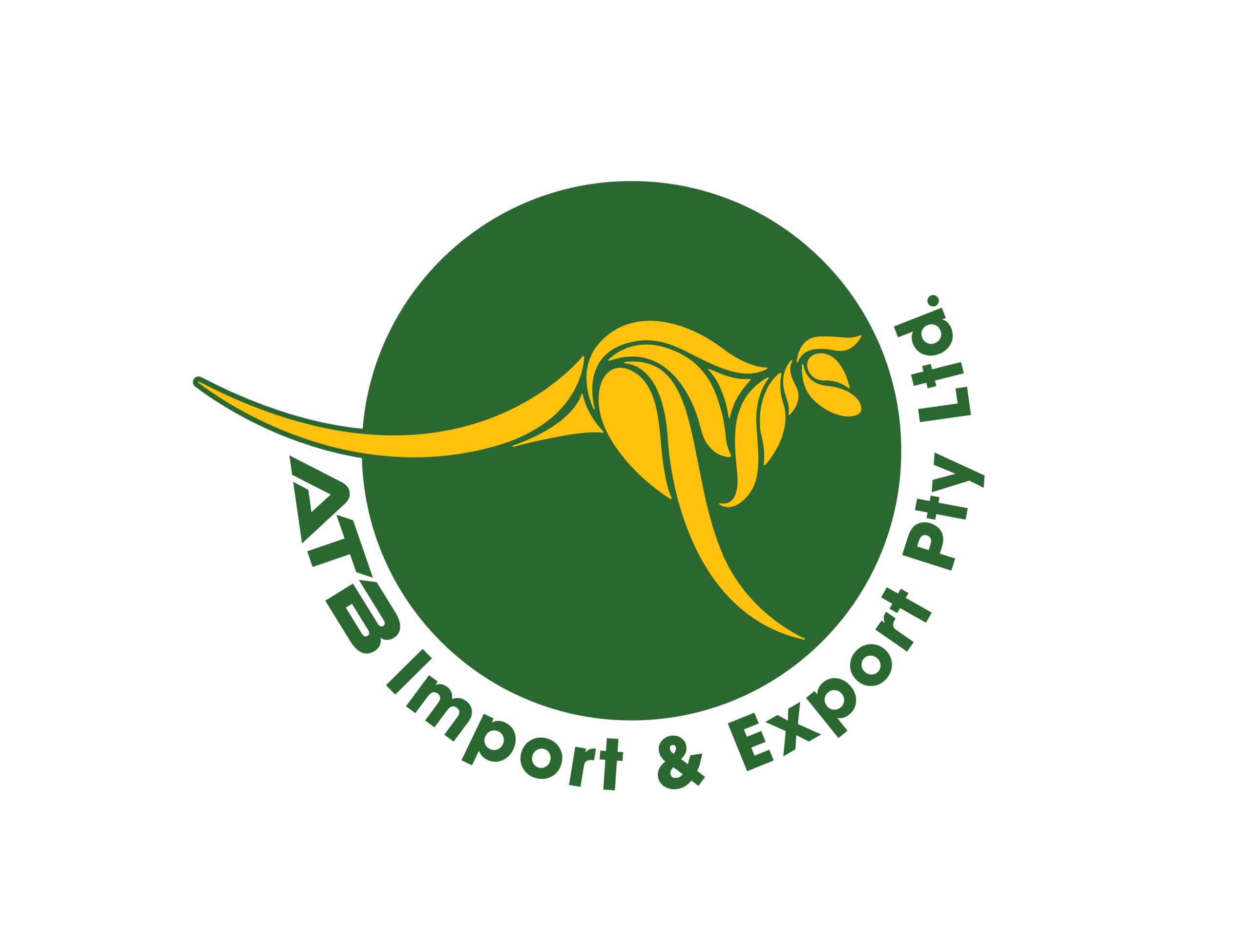FABA BEAN
Faba bean (Vicia faba) is a winter-growing pulse, or food legume crop. It originated in the Middle East in the pre-historic period, and has extended its cultivation throughout Europe, North Africa, and Central Asia. The faba bean spread to China over 2,000 years ago via traders along the Silk Road, to South America in the Columbian period, and more recently to Canada and Australia (Stoddard 1991). Faba beans have been used extensively in Australia for livestock nutrition but an emerging export market may in the future be more important (Somerville 2002). Faba beans have significant rotational benefits in predominantly cereal-based farming systems, and also in cotton rotations, by assisting in control of faba beans are a relatively high-value product and are exported to major food markets in the Middle East with Australia being a major exporter.
Prices of $200–$350 per tonne for food grade faba beans have been received in recent years. A significant proportion of Australia’s faba bean crop is used for animal feed and demand from this quarter is likely to continue to grow (Somerville 2002).
As per Volza’s Australia Export data, Faba beans export shipments from Australia stood at 1.3K, exported by 98 Australia Exporters to 151 Buyers.
Australia exports most of it's Faba beans to India, Vietnam and Indonesia.
The top 3 exporters of Faba beans are Canada with 2,091 shipments followed by Netherlands with 2,081 and Germany at the 3rd spot with 1,905 shipments.
Faba beans have value in both human consumption and animal feed markets. They are a hardy crop and can be a valuable part of a crop rotation. Pricing options are available to faba bean producers, although it is important to discuss contract specifications with potential buyers ahead of time to ensure that there is a buyer for the product.
